Washington Post, Aug 2 1919
City and W.R.& E. Officials Probe Eckington Disaster
Officials of the Washington Railway and Electric Company and the Public Utilities Commission are today carrying on an extensive investigation to fix the responsibility for the accident which occurred yesterday at Second and R streets northeast, when a street car turned over, injuring 35 persons....Thirty-five passengers are known to have been injured, and it is believed that at least a score besides are suffering from shock and minor bruises as a result of the accident, which is one of the most serious that has occurred in the history of the line.
The accident occurred when the car approached a sharp curve at Second and R streets. The curve is at the foot of the steep incline. The car was bound for the city and was loaded with men and women. The register shows that there were 95 persons on the car.
The car was southbound on Second street. It attempted to round the curve, but was traveling at too high a rate of speed to make the turn. The front wheel truck left the track and continued across the street until it stopped by the curbing. The impact of the truck with the curb caused the body of the car to become loosened.
With a crash, the body left the trucks and fell across the eastbound tracks on R street. The glass flew, and fragments inflicted severe injuries on the passengers.
For a few moments after the crash pandemonium reigned. Women screamed as they were thrown to the left side of the car. The passengers fell in bunches, with fragments of the car and pieces of glass flying around them....A crowd soon gathered, and with several men who were uninjured, helped the men and women out of the car. As soon as the passengers were taken from the car they were placed in automobiles and trucks which had been commandeered by Capt. Robert E. Doyle of the Eighth precinct, and taken to the various hospitals.
The work of getting the passengers out of the car and to the hospitals was helped by Lieut. Langdon Spooner and Lieut. J. H. Robbins, a navy medical officer. Lieut. Spooner, who belongs to the motor transport corps, was a passenger on the car and saved himself from injury by jumping through a window just as the car turned over. He ran to the quartermaster's warehouse on Eckington Place and ordered several trucks to take the people to the hospital.
Lieut. Robbins lives at 149 E street northeast (sic), about one block from the scene of the accident. He administered first-aid to the injured passengers. He was at home when he heard the crash, and as soon as he ascertained the cause, hurried to the scene. He said afterwards that he did not think any of the passengers had been seriously injured, but that all had received shock.
Benjamin Maddox, 39, of 2118 Fourth street northeast, was the conductor of the car, and John Riley of 302 V street, was the motorman. Both of the men were arrested by Capt. Doyle and Detective Jerry Sullivan.
Maddox received slight injuries and was treated at Casualty Hospital, but was later taken to Police Station No. 8. Riley was thrown through the front window of the car, receiving slight injuries to his leg, but was also taken to Police Station No. 8.
Riley claims that we was going about 12 miles an hour when the accident occurred. He says that as the car approached the curve he tried to slow down to make it by cutting down on the controller. This seemed to have no effect, he says, so he applied the air brake.
"The air must have gone bad for the brake did not work," says the motorman. "I could not get to the handbrake because of the crowd around me."
Riley says he then he threw the car into reverse as a last resort. As he did so the fuse blew out. "The car went along until it reached the curve, the trucks left the tracks, the body gave a lurch and the next I knew I had been thrown through the window an the body had turned over."
Several of the passengers said that there had been trouble with the brakes at the railroad crossing on Rhode Island avenue. This, however Riley denies. He says that he stopped the car there, but it was merely to look at the lead and fix the trolley wire. He says that the brakes worked alright there.
The car again had trouble at the pit at Third and T streets, where the overhead is changed for the underground trolley. This was not due to the brakes, Riley says, but was caused by a defective plow....A number of passengers, particularly, the women war workers, seemed to be more concerned about the loss of their personal effects than the minor injuries which they received. Many of them lost bags, pocketbooks and umbrellas. These were gathered by officers of the Eighth precinct and turned over to the company.
Anita Sweaninger of 2912 Sixteenth street, who received a deep gash in her head in the accident, last night reported to the police that in the accident or while she was on the way to the Casualty Hospital in a private care she was robbed of $40 which she was carrying in the pocket of her middy blouse. Adaline Bartlett, of 1838 Jackson street northeast, reported to the police that she lost during the accident a purse containing $100.
=============================================
Washington Post, Aug 3 1919
District Officials Order Arrest of Offending Motormen.
W.R.& E. Company Says Disaster Was Occasioned by Excessive Speed at Which Car Was Run. Brakes and Equipment Found Properly Working Throughout.
Steps to stop reckless driving of street cars was taken yesterday by the public authorities immediately following the announcement by the Washington Railway and Electric Company that the cause of the derailment of the streetcar at Second an R streets northeast Friday was the excessive speed at which the car had been driven.
Colonel Kutz, chairman of the public utilities commission, yesterday said, that whenever a motorman ins found driving his car at a speed which would impair control over the car he would be arrested....S.R. Bowen, treasurer of the company, said that the completed investigation of the accident had shown that the brakes and equipment of the car were in proper working order. Before the car was removed from the scene of the accident the investigation brought out that the wheels were locked, he added.
This, the treasurer said, was conclusive proof that the brakes were in working order. The reason the car did not stop when the brakes were applied was because the air had been applied to suddenly and had locked the wheels. This nullifies the power of the brakes and the car continues on.
The car which was wrecked was inspected on Tuesday and the equipment had been found in working order. Mr. Bowen said that the car had been driven in disregard of the orders of the company, which provide that "in approaching a curve motormen must slow down the car so as to have it under complete control to make the turn."...Benjamin Maddox, the conductor, and John Riley, the motorman of the wrecked car, were yesterday released from the Eighth police precinct on $500 bonds. Although there were 35 persons injured in the crash, only 14 were seriously enough hurt to continue in the hospitals yesterday.
Tuesday, August 5, 2008
Subscribe to:
Post Comments (Atom)
Eckington School
Group learns more about schools' past
Old Judd & DeWeiler
The group learns about Judd & DetWeiler, printers of National Geographic for many years
Old Judd & DetWeiler
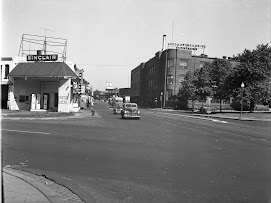
Old Judd & DetWeiler circa 1930
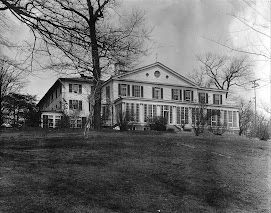
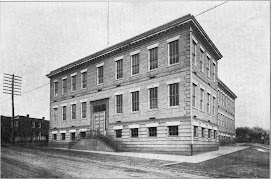



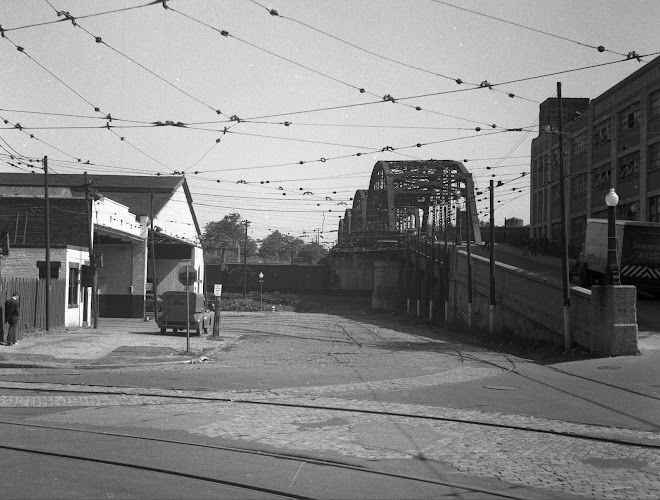



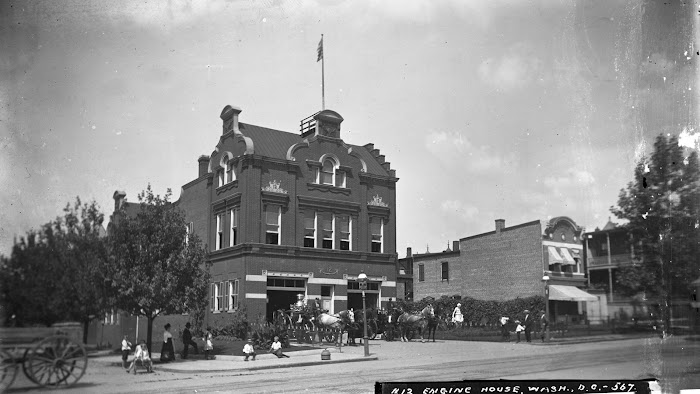
No comments:
Post a Comment